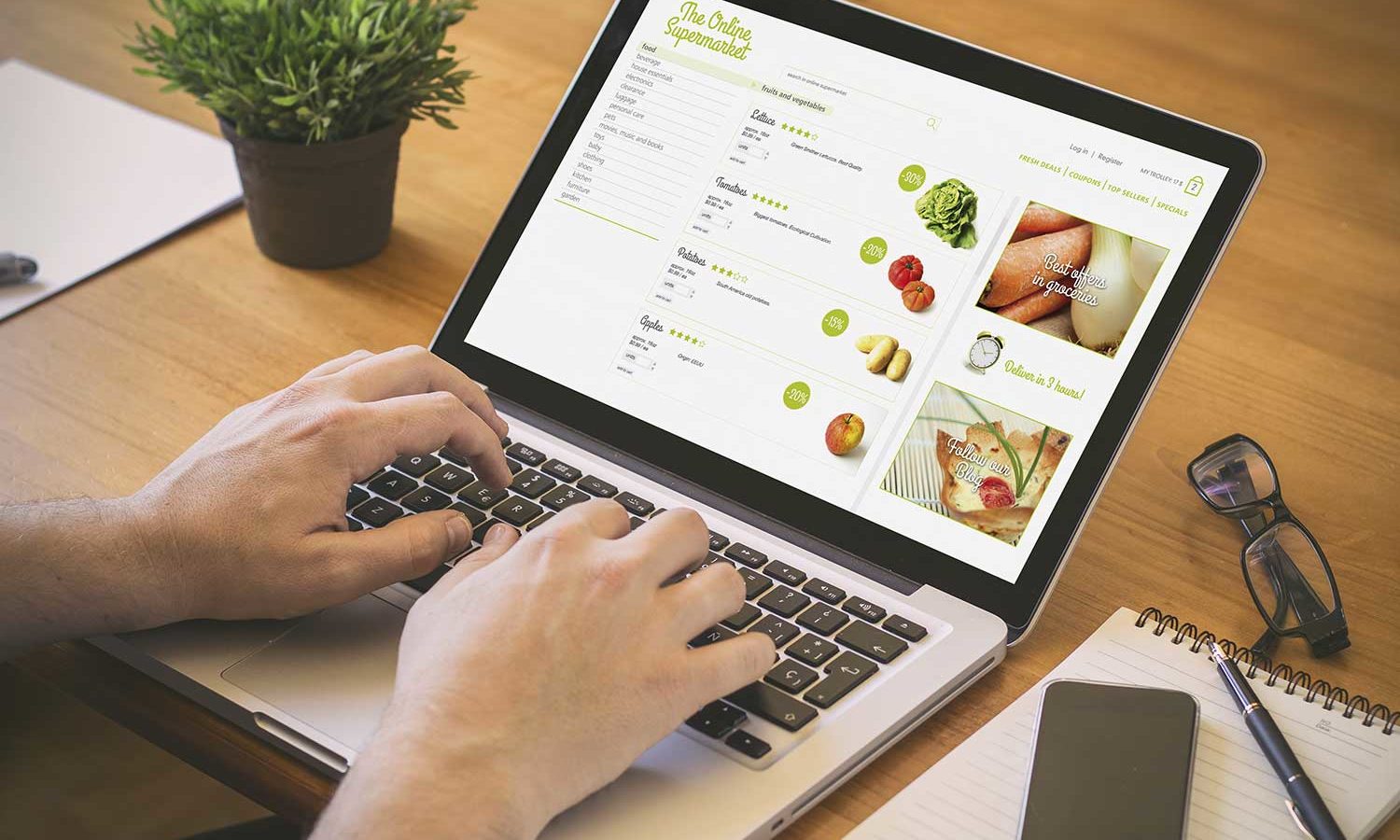While typical online packaging thumbnails work well for products such as electronics and books that are information-intensive, they don’t work so well for most CPG products. When people buy groceries online, they tend to do it much faster by relying on familiar shapes, colors and symbols.
Packaging plays a very important role and should function differently online than it does in-store. The key to understand how to optimize your package for online is to understand the shopper behavior online. This is largely due to 3 main factors:
1.The different stages of the web based shopping experience.
The first step to optimizing packaging for the online shopper is to understand the role that packaging plays at each stage. These stages include search and de-selection, product comparison/selection, confirmation and fulfillment.
For the first phase of Search and Selection. The package is essential in the search and deselection process as users use it to quickly identify and narrow down their choices from a myriad of choices. The implication for CPG packaging at this stage is to clearly communicate brands and varieties. A good test is to ensure these key elements are easy to identify when your package is downsized for the online environment. When we have tested clients packaging in the online environment we will often recommend increasing the size of the primary elements on pack.
At the product comparison/selection stage, comparisons may be made across screens and users may look more for feature and benefit communication. The key to optimizing this stage is to understand what are the key elements that shoppers are looking at for your product. Are there important benefits or claims that need to be communicated? While online shopping is growing in popularity, for most shoppers their behavior was shaped in-store. As a result, shoppers are trained to find key product information in predictable locations on most packages.
On the final stage at the check out page, shoppers use the pack to confirm that they have the right product prior to purchase. At this stage packaging is being used to confirm format and size. Finally, when the product arrives at home, shoppers use the package to confirm they have received the correct item. Although less important for CPG companies, the outer shipping container also serves a role as it can be used to advertise, provide brand reassurance and add value by providing more information, product samples or promotions.
2. The web based experience is out of shelf context
Smaller competitors can get just as much attention as bigger brands online preventing bigger brands from dominating categories. Web shoppers may settle on the first variant of a product they see because they only see one SKU at a time. Packaging can be very important online especially for established brands as they may have to fight harder to get noticed. We encourage our clients to test what type of viewing their packaging is receiving online and test how to maximize package viewing.
3. No physical interaction with product
When shoppers can’t pick packages up to gauge quantity (and small packages tend to look just like larger ones online), they tend to rely on price alone which may lead to price/value concerns. So, it’s very important for online packaging to clearly communicate quantity. Since there is no tactile feedback in online packaging, quality cues come exclusively from imagery. So high resolution imagery is very important.
In summary, packaging serves many different roles online than in store and the following principles should be kept in mind:
- Make your package stand out. Understand what your key package equities are such as shapes, colors or graphic elements to get your package noticed online and generate brand recognition.
- Facilitate product comparisons. Develop ways to easily show related product ranges to make it easy for shoppers to find what they’re looking for. Clearly communicate product benefits and claims.
- Clearly communicate quantity. Avoid price/value confusion by clearly communicating size/quantity.
- Use high resolution and 3D packaging graphic images. To convey quality always use clear high-resolution digital images for packaging thumbnails.
To win a at retail in the growing online world, companies would be wise to keep these principles in mind when developing packaging for products online. Please contact us if you would like to learn more about how to make your online packaging more effective.
Chief Growth Officer, Explorer Research



